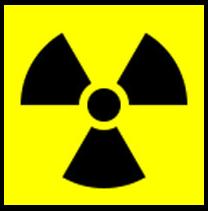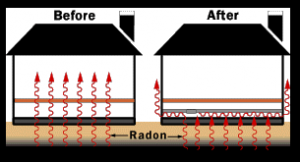 In 2009, the Minnesota Building Code defined three types of at risk radon homes within the state. Out of the residential homes, 40 percent suffered from high radon levels, a small fraction of those homeowners were given a hefty bill to install active radon systems, and the remaining 60 percent of homes has naturally low radon levels. The trouble that many states have issues with when it comes to radon is that it all depends on the geology of the property the home is build on and whether or not they have an effective radon removal system.
In 2009, the Minnesota Building Code defined three types of at risk radon homes within the state. Out of the residential homes, 40 percent suffered from high radon levels, a small fraction of those homeowners were given a hefty bill to install active radon systems, and the remaining 60 percent of homes has naturally low radon levels. The trouble that many states have issues with when it comes to radon is that it all depends on the geology of the property the home is build on and whether or not they have an effective radon removal system.
The change to the code in 2009 required that builders install passive radon systems in every new home. The original 40 percent of homes that suffered from high levels of radon has now dipped to 20 percent, considering that determining the level of radon on a piece of property is a gamble. However, for the remaining homes with high radon levels, the state has provided a low cost solution and all the homeowners have to do is pay to add a radon fan and monitoring system.
While there is still 20 percent of homes that do not have this new radon removal system, the state has made it clear that it is not required because a majority of these properties do not have high levels of radon to begin with. The only downside to expelling this cancer causing chemical from a home is that many are being charged for the pre-installed radon mitigation system, which is something that homeowners did not have to spend money on before.




